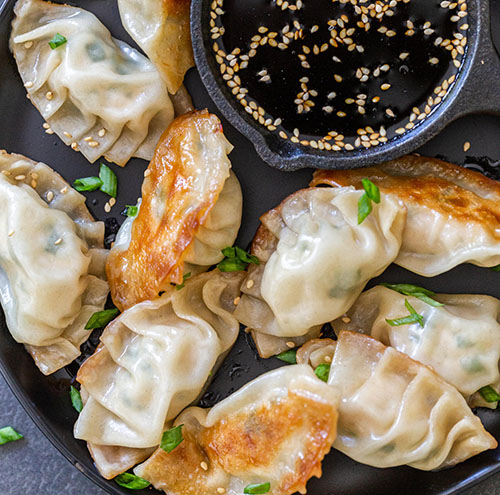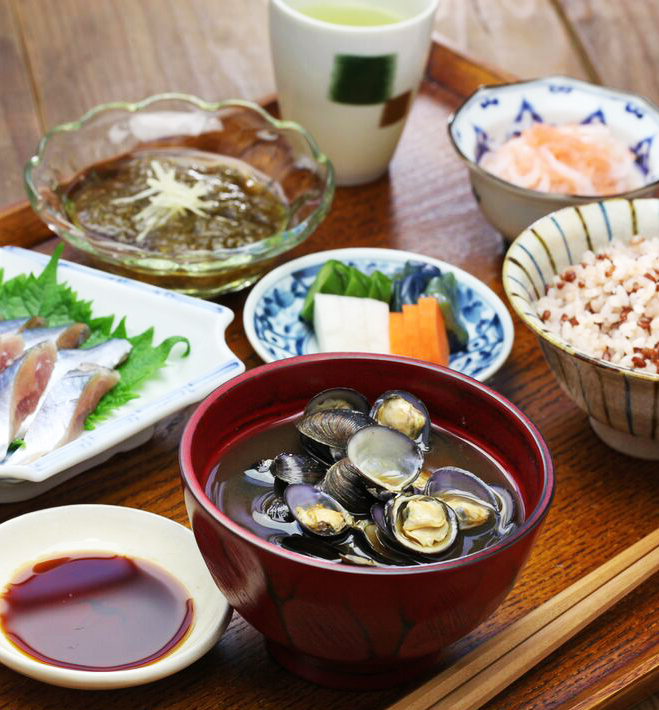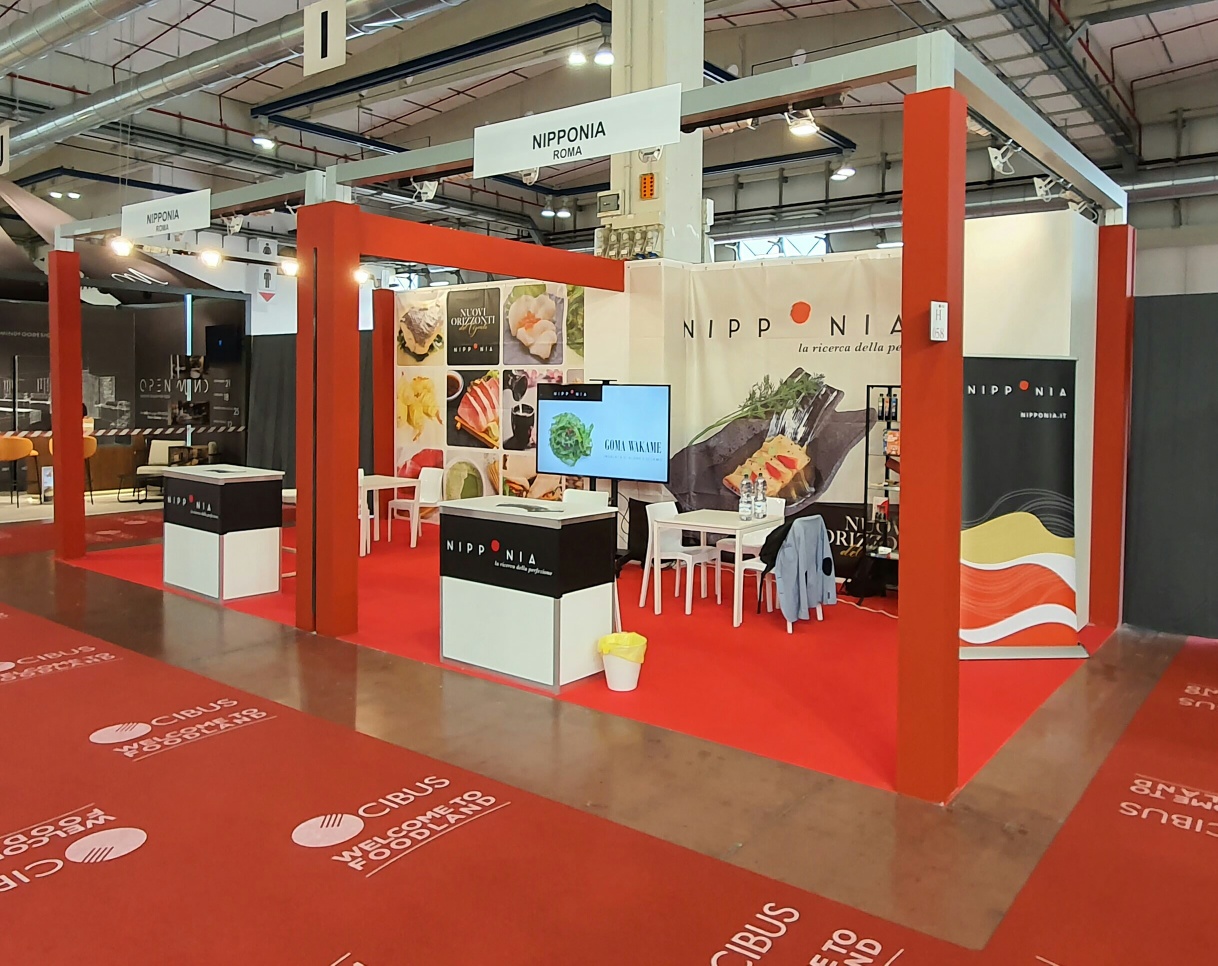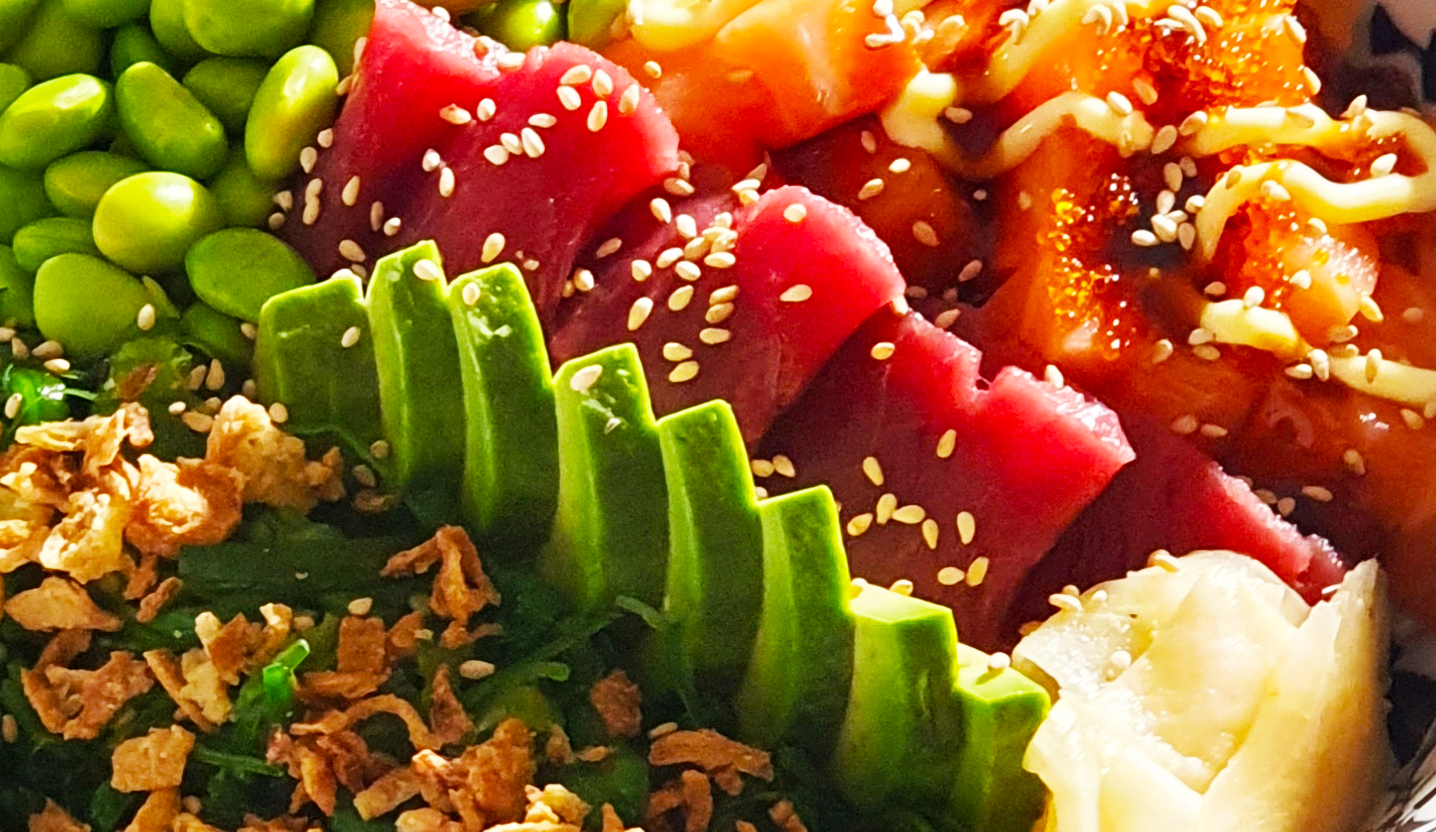Discovering Japanese dumplings
It’s easy to say dumpling! We all know about Italian ravioli, the pride of our culinary heritage. But are we sure we can tell what the difference is between classic Chinese dumplings and original Japanese gyoza? Let’s find out together what are the special features of gyoza, the tasty Japanese dumplings.
Gyoza, the Japanese dumplings
Gyoza are dumplings filled with ground pork, chives, cabbage, ginger, garlic, soy sauce and sesame oil, wrapped in a thin dough. Also known as pot stickers, gyoza originated in China but became a popular dish in Japan. It seems that the adoption of gyoza by the Japanese people is recent: it dates back to the Sino-Japanese War in the early 1930s, during which time China and Japan have long maintained contact. It would be during the invasion of Manchuria, in particular, that the Japanese would learn the recipe for Chinese dumplings.
In the Great Wall Country, the dumplings from which gyoza originated, jiaozi, have a thicker, wavy dough, flattened at the ends, and are generally eaten after dipping in soy sauce and soy vinegar (or hot sauce).
But then are gyoza copies of jiaozi?
No! The major difference from gyoza compared to Chinese jiaozi is the strong garlic flavor and the mild flavor of the other seasonings. A real treat for the palate: one gyoza leads to another!
Types of gyoza
Yaki Gyoza (stir-fried)
Yaki Gyoza are by far the most common type of gyoza. They are first cooked in a pan with water and a little sesame oil. When the water evaporates the gyoza are plated on one side. This type of cooking makes them soft and juicy and creates a thin crispy bottom on the individual dumpling. Yaki gyoza are typically served with the crisp bottom upward and appear as hanetsuki gyoza, that is, “gyoza with wings,” as the dumplings stick to each other creating, precisely, the image of a wing.
Isn’t your mouth already watering?
Sui Gyoza (boiled)
They are much less common than yaki gyoza and are mainly found in Chinese restaurants and restaurants offering different types of gyoza.sui gyoza are boiled gyoza that are often served in a very light broth.
Fried gyoza
Dip-fried gyoza can also be found, without that typical yaki gyoza crust. You can find them in Chinese specialty and gyoza restaurants, but they are rarely served elsewhere.
Where can gyoza be enjoyed?
In Japan, gyoza are served in ramen restaurants, Chinese restaurants, izakaya (typical beer gardens marked by red lanterns outside), and, of course, small restaurants that specialize specifically in gyoza. A typical serving of gyoza contains six dumplings and costs between 300 and 600 yen (3/6€). Gyoza are usually accompanied by a sauce of equal parts of
soy sauce e vinegar. If you love explosive flavors, also add a pinch of
chili sesame oil
(rayu): you will not regret it! In addition to the traditional filling, some cooks like to experiment with new combinations, and it is not uncommon to find gyoza with seafood, shrimp and avocado, mushrooms, cheese, or shiso leaves. Why not try them all? And if you happen to visit Japan while staying in an apartment, don’t panic if you are not an experienced cook: you can find pre-packaged gyoza at the supermarket or at one of the thousands of konbini.
Gyoza are especially popular in the city of Utsunomiya in Tochigi Prefecture and in Hamamatsu in Shizuoka Prefecture. The two cities battle it out every year to achieve the record for gyoza consumption! A feature of Hamamatsu gyoza is the addition of bean sprouts on the top of the dumpling.
In Italy you can buy ready-to-cook or ready-to-eat frozen gyoza, to be steamed or microwaved, by also ordering
online
The recipe
Do you want to try cooking gyoza on your own? Here is the recipe:
Ingredients (The quantities specified are for 4-5 people, increase or decrease proportionally)
- Flour 200-250 gr (or ready-made sheets)
- Water to taste.
- 1 leek
- Ginger to taste.
- Half a Savoy cabbage
- Garlic to taste.
- Soy sauce
- Sesame oil
Equipment
- Recipient Ø 30cm
- Recipient Ø 15cm
- Small rolling pin
- Cutting board, half moon
- Grater
Proceedings
Prepare the dough by putting flour in the large bowl and slowly adding water until the dough reaches the desired consistency; according to the Japanese, one way to tell if the density is right is that the dough should be the consistency of your earlobe. Place the dough back to rest in the refrigerator, covered with cellophane. [Skip this step if you bought the
ready-made pastry sheets].
Now prepare the stuffing, putting the rest of the ingredients in the smaller bowl: Boil the savoy cabbage in unsalted water and squeeze it before adding it; use powdered ginger or fresh grated ginger and squeeze it over the stuffing mixture; the leek, on the other hand, should be added after shredding it into 2-3mm squares (use only 2/3 of it, the green part is a bit tough for this preparation); mince the garlic and add soy sauce and sesame oil according to your taste; shred the ground pork.
With a spoon, or with your hands, begin to press the dough, pressing it until it becomes fairly homogeneous; this will be a little time-consuming.
Now take back the dough that has rested in the meantime, make “sausages” about 3cm in diameter and cut “slices” of about 1cm, now knead them with a rolling pin, using flour to keep them from sticking.
You will get disks about 8cm in diameter (help yourself with the mold for (gyoza), lay the filling dough on top and wet the ends with water to help with the sealing.
Close them like a herringbone. Lay them in a hot oiled frying pan, let them sear a few moments, and the moment the bottom is cooked, add water to the pan, close with a lid and wait until they are cooked.
Serve hot with a sauce you have prepared by mixing equal parts soy sauce and vinegar.




